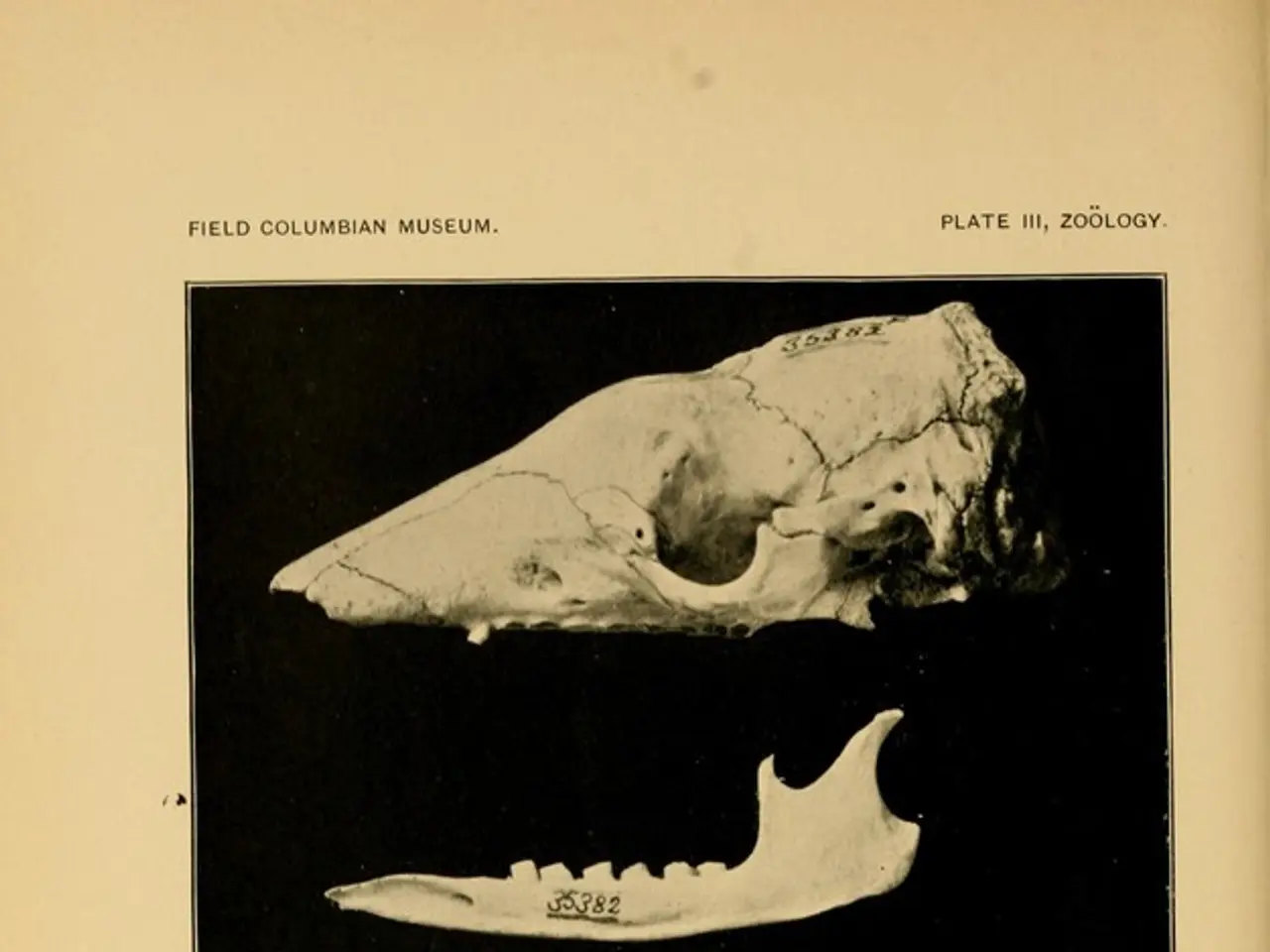Disorder of bone and cartilage: Symptoms, reasons, and additional information
Osteochondritis Dissecans (OD) is a condition that affects the joints, most commonly the knee, ankle, or elbow. This condition occurs when a part of bone and cartilage separates from the surrounding bone.
The exact cause of OD is unclear, but it may be due to something affecting the blood supply to the area, often due to repeated stress or injury over time. In some cases, a family history of the condition may also play a role.
Symptoms of OD can include pain, swelling, and in severe cases, locking or catching of the joint. If you or your child experience these symptoms, it is essential to seek medical advice as soon as possible to confirm the diagnosis and discuss treatment options.
A doctor may diagnose OD through a physical examination, questions about symptoms, testing the range of motion of the affected joint, and ordering tests like X-rays and MRI.
Treatment for OD can vary depending on the severity of the lesion. In some cases, the lesion may heal on its own with rest and avoiding sports. However, in more severe cases, a doctor may recommend surgery.
If surgery is necessary, a person may need to avoid placing weight on the joint for around 6-12 months to allow the lesion to heal properly. In some cases, a second procedure may be necessary to remove pins and screws used to secure the lesion in place.
It is essential to discuss the possible risks of surgery with your doctor to help make an informed decision about your treatment plan. The risks of complications from surgery for OD can include infections, bleeding, and reactions to anesthesia.
During recovery, a person can work with a physical therapist to learn passive range of motion exercises. In some cases, physical therapy may also be necessary before surgery to improve the joint's range of motion.
Possible complications of OD include the breakdown of joint tissue over time, long-term pain or problems with movement, and the bone fragment not healing properly. In severe cases, these complications can lead to the need for further surgery or the need to replace the joint with an artificial one.
OD is more common in children and adolescents, particularly those who play sports. If you or your child play sports and experience symptoms of OD, it is essential to seek medical advice as soon as possible to prevent further damage to the joint.
In conclusion, OD is a condition that can affect the joints, most commonly the knee, ankle, or elbow. Symptoms can include pain, swelling, and joint locking or catching. If you or your child experience these symptoms, seek medical advice as soon as possible to confirm the diagnosis and discuss treatment options. Treatment can vary depending on the severity of the lesion, and in some cases, surgery may be necessary. It is essential to discuss the possible risks of surgery with your doctor to help make an informed decision about your treatment plan.
Read also:
- Peptide YY (PYY): Exploring its Role in Appetite Suppression, Intestinal Health, and Cognitive Links
- Toddler Health: Rotavirus Signs, Origins, and Potential Complications
- Digestive issues and heart discomfort: Root causes and associated health conditions
- House Infernos: Deadly Hazards Surpassing the Flames








